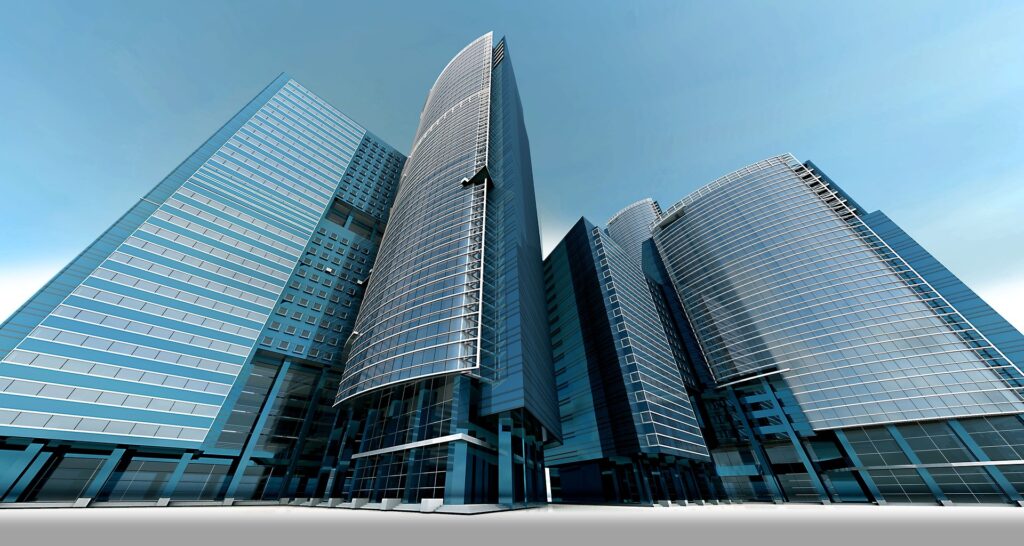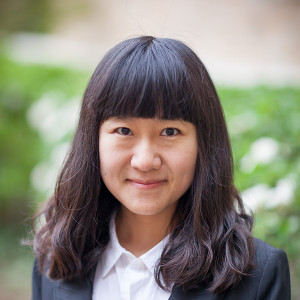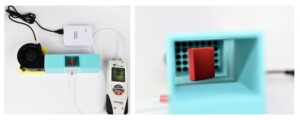 A Colorado State University civil engineer has received a five-year National Science Foundation (NSF) Faculty Early Career Development Program (CAREER) award of $542,000 to develop new methodologies for assessing wind damage risks to building exteriors.
A Colorado State University civil engineer has received a five-year National Science Foundation (NSF) Faculty Early Career Development Program (CAREER) award of $542,000 to develop new methodologies for assessing wind damage risks to building exteriors.
Civil and environmental engineering Assistant Professor Yanlin Guo has spent most of her career studying high-wind damage to infrastructure. She currently has a separate grant from the U.S. Department of Energy to increase the resilience of solar trackers under high winds.

“With this award, I want to approach issues of resilience holistically over different stages of my career. My previous work looked at damage to building exteriors from windborne debris, and now I will pursue the damage from wind pressure considering the previously unexplored variables,” said Guo.
Her research will address variables including the impact of urban development, climate change, and site-specific wind direction on the wind load, or pressure, sustained by glass building exteriors.
The breaking point
High-rise and mid-rise buildings endure wind tunnel testing to determine the maximum wind load they can safely withstand. As time goes on, buildings may be constructed or torn down, potentially changing the aerodynamics and wind load patterns. The changing aerodynamics could result in wind loads exceeding the resistance of the existing buildings, causing exterior damage. Additionally, the current design code does not consider site-specific wind direction, which may lead to large uncertainties in estimating wind loads.
Climate change is rapidly rewriting our predictions for the frequency and intensity of future disasters, such as hurricanes. Structures are typically built based on historical extreme weather events, without considering what could change over the decades-long life of the building.
Guo plans to use machine learning to develop prediction models capable of quickly estimating building wind load. Estimations would account for the three variables: construction or demolition of urban buildings, increases in hurricane wind intensity and frequency due to climate change, as well as site-specific wind direction.
“The goal is to maintain the same level of reliability when considering these variables,” said Guo. “The risk under hurricane-force winds does not remain the same over the life of the building. We can look back at structures built 40 years ago, and in the future they may have a greater risk than when they were built.”
Guo seeks to improve urban resilience by estimating the wind load for individual buildings, then helping communities use those estimates in the development of a resilience plan.
Education at all levels

Guo’s CAREER award also includes developing K-12 educational activities in aerodynamics. STEM kits are being developed in collaboration with the Natural Sciences Education & Outreach Center (NSEOC) at CSU, and are intended to allow pairs of middle and high school students to simulate the aerodynamic flow around different shapes.
“Wind tunnels are large, expensive, and can only be used by a small group of students at a time. We have designed a miniature apparatus that produces data in support of the scientific and engineering concepts Professor Guo is interested in conveying,” said Andrew Warnock, Director of NSEOC. “Packaged in rugged Pelican cases, our STEM kits can be shipped to schools in remote locations to impact a large number of students including the underrepresented or underserved groups; each pair of students in a class gets the opportunity to experiment with multiple scenarios while collecting and interpreting real data on their own.”
Guo is also providing applied learning experiences for CSU engineering and education students.
“Engineering students are involved in designing the physical STEM kits and education students are designing appropriate curriculum for each grade level, so the education content of the kits can be tailored for various ages,” said Guo.
“I am very motivated to continue working toward a holistic solution for this complex problem facing urban infrastructure,” she added. “The CAREER award allows me to dedicate time to incorporate climate change and urban development variables into addressing an issue that will only become more serious in the future.”